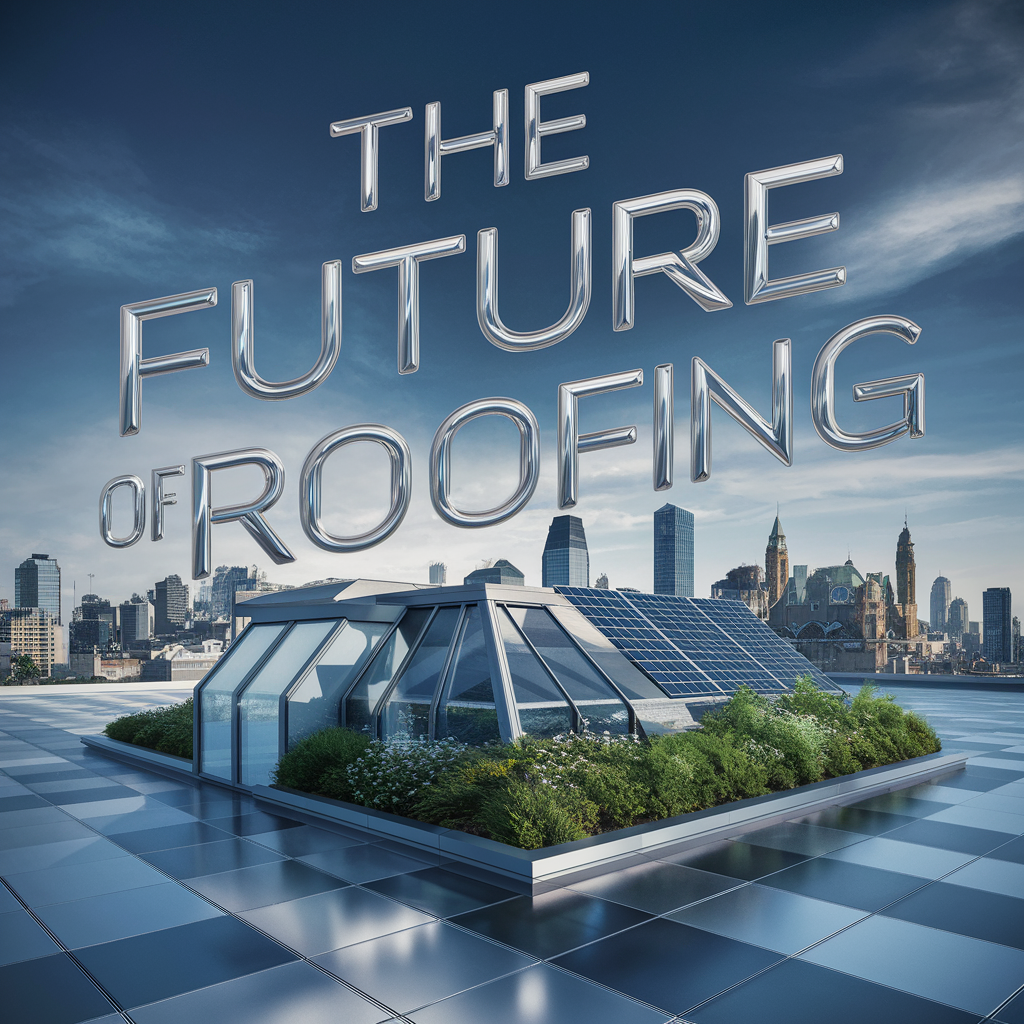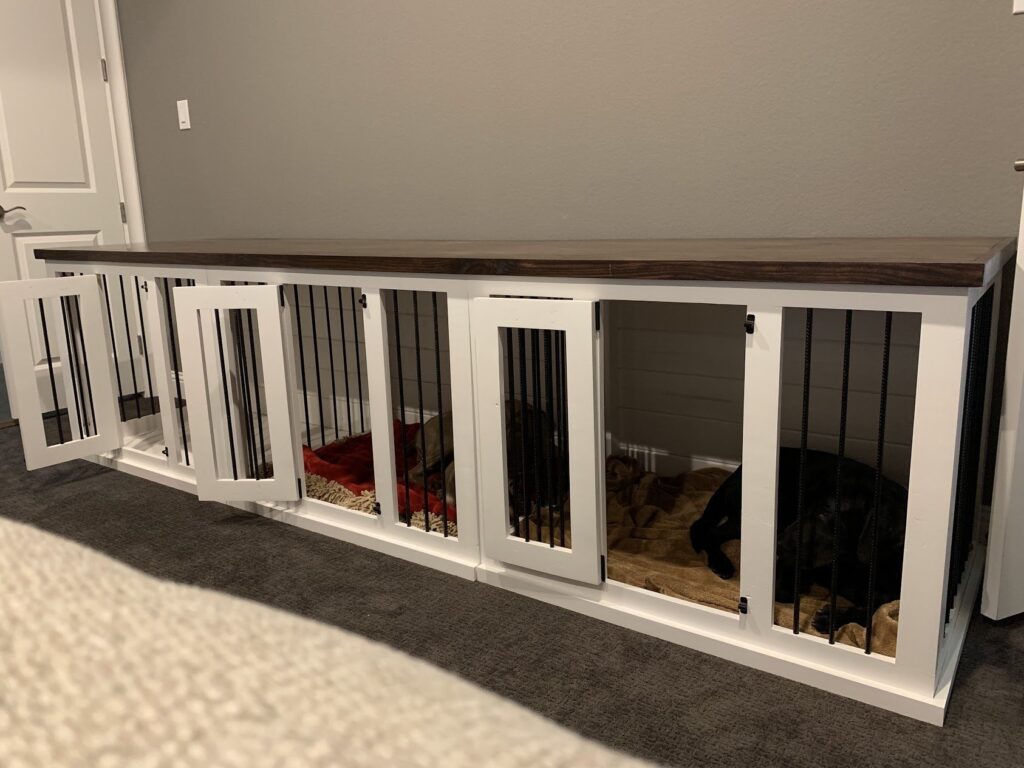We’re entering an era where the dangers and inaccuracies of traditional methods are becoming tales of the past, thanks to advancements like AI and drones.
How exactly are drones and AI rewriting the rulebook for roof inspections, and what does this mean for safety, efficiency, and predictive maintenance? Let’s explore the potentials and pitfalls that lie ahead, giving you a glimpse into a future where the sky’s the limit for roofing technology.
The Advent of Drone Technology
The advent of drone technology has revolutionized the roofing industry, enabling unprecedented precision and efficiency in roof inspections. You’re witnessing a transformative era where traditional, labor-intensive methods are swiftly being replaced. Drones, equipped with high-resolution cameras and advanced flight capabilities, offer you a bird’s eye view of roofing conditions without the need for scaffolding or ladders. This innovation isn’t just about safer inspections; it’s about smarter, data-driven decisions.
Your analysis of roofing conditions has become significantly more accurate. Drones can capture detailed images and videos of hard-to-reach areas, identifying potential issues like cracks, leaks, and wear and tear with precision that human inspectors might miss. This level of detail supports you in making informed decisions on maintenance, repairs, and replacements, ultimately extending the lifespan of roofs and reducing unexpected costs.
Moreover, the efficiency drones bring to roof inspections cannot be understated. What used to take hours or even days now takes minutes, allowing you to conduct more inspections in less time. This speed doesn’t sacrifice quality; it enhances it, providing comprehensive data that you can analyze to ensure the integrity of a roof. In this era of drone technology, you’re at the forefront of a smarter, safer, and more sustainable approach to roofing.
AI’s Role in Roof Analysis
Integrating AI into roof analysis, you’re stepping beyond mere observation, harnessing data-driven insights for unparalleled precision in identifying and addressing potential issues. This innovative approach leverages machine learning algorithms that continuously improve through experience, enabling the detection of subtle anomalies that human inspectors might overlook. You’re not just identifying current problems but predicting future vulnerabilities.
AI systems analyze vast amounts of data from drone-captured images, comparing them against a vast database of roof conditions and known issues. This process allows for the identification of patterns and signs of wear that are invisible to the naked eye. For instance, slight discolorations or minor shifts in materials can indicate the early stages of damage or failure, enabling preemptive maintenance.
Moreover, AI’s capability to process and interpret data at an extraordinary speed means that the analysis of a roof’s condition can be completed in a fraction of the time it would take a human inspector. This rapid assessment doesn’t just save time; it significantly enhances the accuracy of the diagnosis, ensuring that every potential issue is identified and cataloged.
Enhancing Safety and Efficiency
How does the adoption of AI and drone technology in roofing inspections significantly enhance safety and efficiency for workers and homeowners alike? By integrating these innovations, you’re not just streamlining the inspection process; you’re also mitigating a myriad of risks associated with traditional methods. Traditionally, roofing inspections require manual labor that involves climbing onto roofs, which inherently carries the risk of falls and injuries. However, with drones, you can conduct comprehensive inspections from the safety of the ground. This approach not only reduces the risk of accidents but also significantly cuts down the time needed for an inspection.
Moreover, when AI is coupled with drone technology, it further enhances efficiency by automating data analysis. This means that instead of manually assessing each photograph or video captured by drones, AI algorithms can quickly identify issues such as cracks, leaks, or wear and tear, without human intervention. This level of automation not only speeds up the inspection process but also increases accuracy, as AI can consistently apply the same standards to evaluate the condition of a roof. Consequently, this dual integration of AI and drones into roofing inspections represents a significant leap forward in both safety and operational efficiency, transforming how inspections are conducted in the roofing industry.
Predictive Maintenance Capabilities
Building on the enhanced safety and efficiency AI and drone technologies bring to roofing inspections, these advancements also unlock the potential for predictive maintenance, revolutionizing how future roofing issues are anticipated and managed. You’re no longer reacting to leaks or damages after they’ve occurred; instead, you’re equipped with the insights to predict and prevent these issues before they escalate.
This shift towards proactive maintenance is enabled by the collection and analysis of vast amounts of data. Drones, equipped with high-resolution cameras and sensors, capture detailed images and measurements of your roof’s condition. This data, when processed through AI algorithms, identifies subtle changes and patterns that might indicate potential problems. You’re not just seeing the current state of your roof; you’re given a forecast of its future condition.
Moreover, this predictive capability extends the lifespan of roofing materials. By identifying areas of wear and tear early, you can apply targeted repairs, preventing minor issues from turning into major structural concerns. This not only saves you significant repair costs but also contributes to sustainability by reducing the need for premature roofing material replacements. In essence, AI and drone technology are transforming roof maintenance from a reactive chore to a strategic, forward-thinking operation.
Case Studies and Success Stories
Why are industry leaders turning to AI and drone technology for roofing inspections, you might ask?
The answer lies in the compelling case studies showcasing significant cost savings, efficiency improvements, and enhanced safety measures. For instance, a major roofing company reported a 60% reduction in inspection time after adopting drone technology, coupled with AI analytics. This wasn’t just about speed; the quality of data collected saw a marked improvement—enabling predictive maintenance that wasn’t feasible before.
Another success story involves a residential roofing project where drone inspections identified potential leak points that were invisible to the naked eye. By using thermal imaging, the AI-driven analysis pinpointed areas of concern, allowing for targeted repairs before they escalated into costly damages. This preemptive approach saved the homeowner an estimated 40% in repair costs over the next two years.
Commercially, a property management firm integrated drone inspections across its portfolio, resulting in a 30% decrease in annual maintenance costs. The AI system’s ability to analyze vast datasets and predict future failures has been revolutionary, turning routine maintenance into strategic asset management.
These cases underscore the transformative potential of AI and drone technology in roofing inspections, heralding a new era of efficiency and precision.






